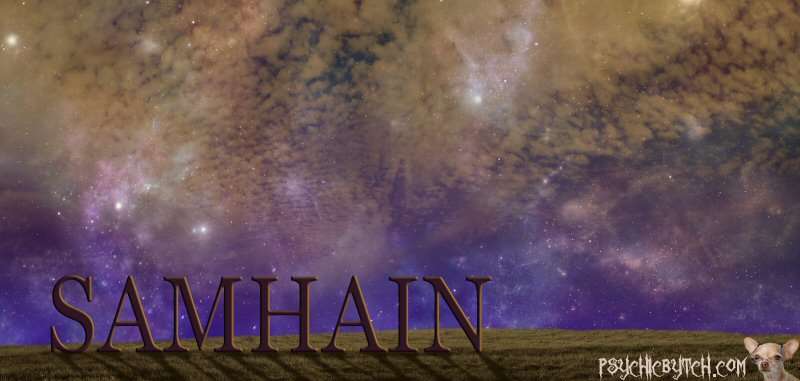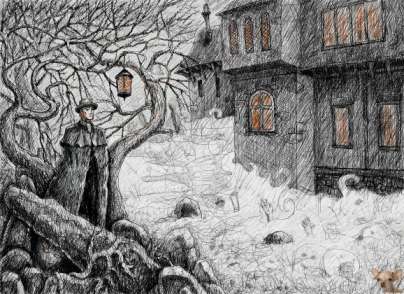
Samhain Origins
The origins of Halloween began 2,000 years ago with the ancient Celtic festival, Samhain (pronounced “sow-in” with the “ow” like “cow”). Their calendar began on November 1st, so October 31st, Samhain, was their New Year’s Eve. It was believed that the dead would rise on Samhain, and they would wreak havoc, including damaging crops. They also believed that on that day their priests, the Druids, could see into the future. They had huge celebrations with sacred bonfires, and many would wear masks to fool the spirits into thinking they were also part of the walking dead.

Bobbing for Apples – Roman Tradition
By 43 A.D., the Romans had conquered most of the Celtic territory. They also had a holiday that occurred in late October where they commemorated their dead, and a second day to honor the apple. The Celts incorporated the Roman tradition of apples into their holiday, and now we “bob” for apples.

All Saints Day
Pope Gregory III took the original Christian holiday, All Martyrs Day, and expanded it to include all the saints, and moved it to November 1st. By the 9th century, Christianity had expanded into the Celtic regions, and the holiday blended with the Pagan traditions. The All Saints Day tradition was also called All-hallows or All-hallowmas, so the holiday of Samhain became All-hallows Eve, now called Halloween.
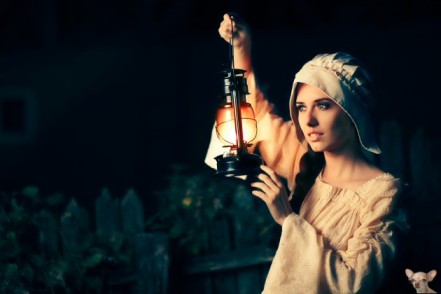
Early American Halloween
Early American Protestants did not celebrate Halloween, but it was celebrated in some areas in the southern colonies. They were usually parties which included ghost stories and mischief.
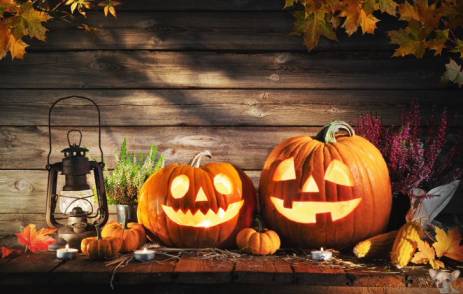
Jack-O-Lanterns
In the mid 1800’s many Irish immigrated to America, because of Ireland’s potato famine. And, the Irish brought their Halloween traditions with them. There was an Irish myth about “Stingy Jack,” a man who tricked the devil twice, and made the devil promise to never take his soul. When Jack died, Heaven would not let him in, and the devil could not go back on his promise. So the devil gave Jack a burning coal and sent him out to wander the lands. Jack put the coal into a carved out turnip and began roaming the Earth. He was referred to as, “Jack of the Lantern,” or “Jack O’Lantern.” The original jack-o-lanterns were carved from turnips, potatoes, or beets, but the Irish-American immigrants found the pumpkin (native to America) to be a much better vessel.
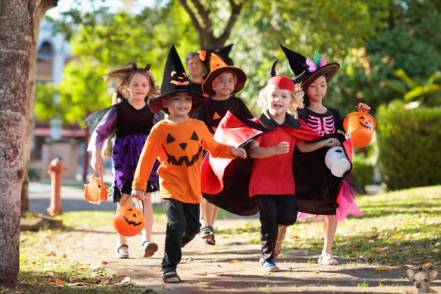
Trick-or-Treat
Halloween became more popular across America by the late 1800’s, but Americans were encouraged to take the frightening parts out of their Halloween celebrations. This removed most of the religious overtones, and it became a dominantly secular holiday by the 1920’s and 30’s. But, vandalism also plagued the holiday, until the 1950’s, when the holiday began to focus more on children. Its probable that the “baby boom” had something to do with it, and the tradition of people handing out candy to children dressed in costumes was born.
